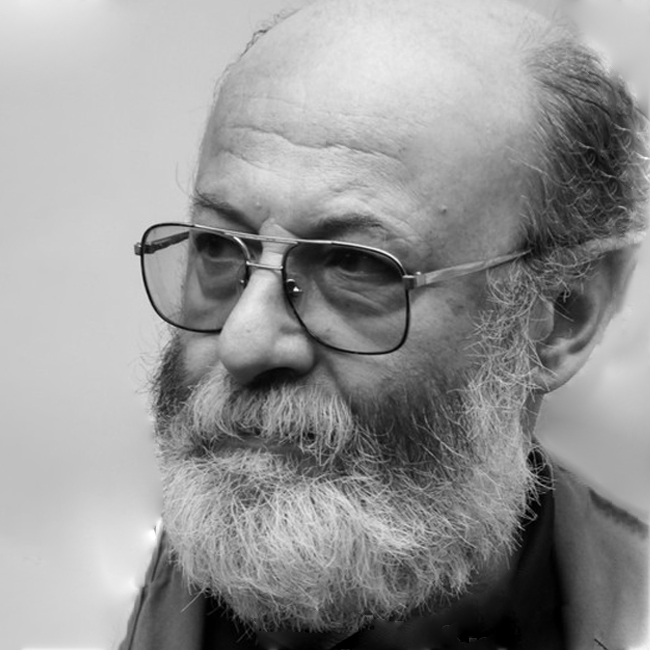Artist Federico Severino
The master’s works are on permanent display in the Gallery of Contemporary Sacred Art, the Museum of Biblical Art in Dallas, and are presented in the Paul VI Collection of Contemporary Art in Brescia. Severino is the only living artist whose works adorn the walls of the Pantheon in Rome.
- Curriculum
-
Severino began apprenticing in the studio of sculptor Domenico Lusetti at the age of 12, but earned his degree in philosophy in 1976 while continuing to study art and sculpting independently. In 1974, Severino debuted with his first solo exhibition presented by Luciano Spiazzi and Elvira Cassa Salvi, and his first monograph was published by Alberto Crespi and Fausto Lorenzi in 1992.
His artistic language reflects both a vibrant creative ability and a deep cultural background, which enables him to balance the tension of the fundamental conflict arising from his preferred subject matter. Severino's works portray a symbolism based on a profound philosophical connotation: his figures often have hands with long, claw-like fingers, representing the impulsive anger that motivates every self-conscious human action as an inalienable irrational emotional component. The iconography in Severino's contemporary sculpture often includes mythological and religious figures, and represents the relationship between what is real and what is imaginary.
Severino's work inspired by sacred themes has garnered acclaim by critics and the press in Italy, and he has participated in a number of exhibitions held at important public spaces and private galleries in Milan, Venice, Bergamo, Monza, Firenze, Brescia, Pietrasanta, Turin, Positano, and Capri. His works are also permanently displayed in various public spaces and private art collections, and included in the permanent collection of Pisa's Centro Arte Moderna.
His bronze sculptures embody the dramatic and grotesque, together with the tragic and ironic. The style harkens back to the crude rendering of the body and face which dominated neo- figurative art in the 1960's, while also blending traditional 16th century icons and archaic forms of centaurs, sirens, man-beasts, and two-faced figures.
Because of this mix of styles and symbols, Severino is one of the few artists who successfully rendered sculptures representing the surreal, symbolical, and medieval nature of "The Thirty Three Chants" in Dante's "Inferno". Severino expressed Dante's mysterious netherworlds through the use of male or female nudes that often appear abandoned, lingering in crouched positions. Their mouths hang open in astonishment, and their anguished expressions communicate the true drama of the human condition. Severino's rough reliefs and interwoven figures animated by passion and suffering create an almost pictorial effect, together with a special coating on the bronze surface which tints the sculptures yellow, red, or green and heightens the effect of the Dantesque figures.
